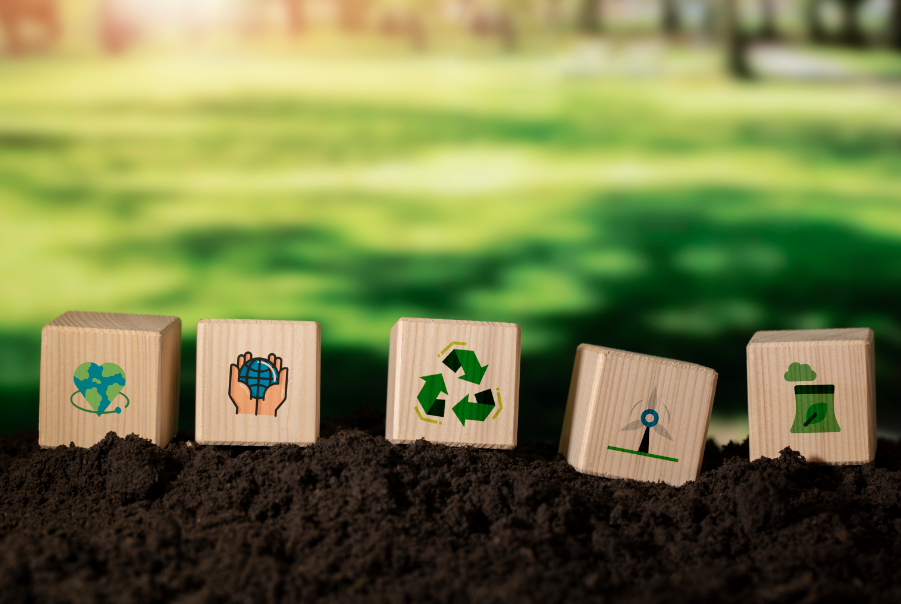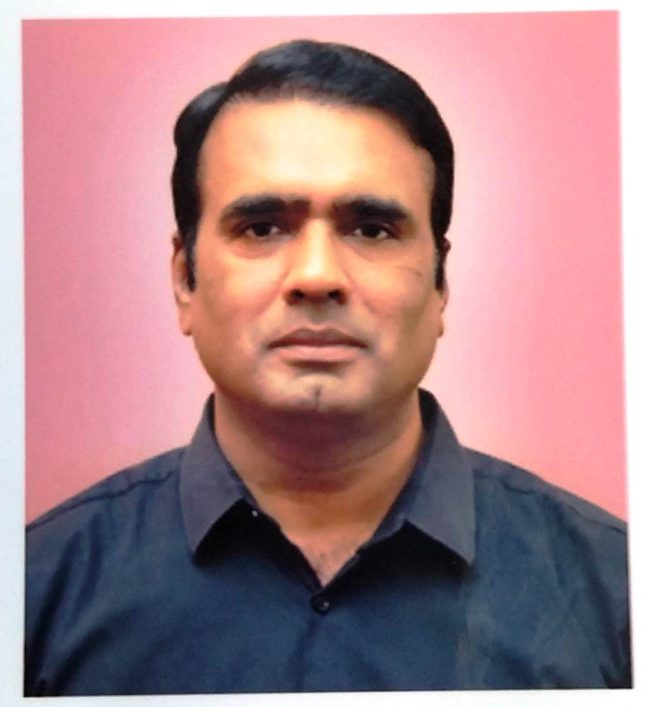
Sustainability and circularity in textiles: A policy paradigm
It is imperative that we include sustainability or circularity as key tenets whilst designing policies that will impact the future of the textile and apparel industry, says Virendra Singh.
Sustainability is not a new concept in India or one that has been adopted from the West – on the contrary it is an age-old behaviour core to our traditional ethos of being economical and minimising waste. Be it our tailors that ‘rafoo’ or repair our damaged clothes, second-hand clothes that are reused by being handed down from generation to generation, old sarees that are recycled into winter blankets – these values have been ingrained into our mindset. However, as a global economy, we have begun producing and consuming like never before, and so the reduce element of sustainability is increasingly going unaddressed. With the advent of fast fashion and reduction in the number of times a garment is worn before being discarded, more than 90 million tonne of textile waste ends up in landfills globally every year. As per the World Bank, textile processes account for 17-20 per cent of industrial water pollution. In addition, a McKinsey report states that the fashion industry accounts for 4 per cent of all greenhouse gas emissions or 2.1 billion tonnes of emissions, equalling the combined emissions from France, Germany and the United Kingdom. Considering the social, economic and environmental impact, this is something that we can hardly afford, any longer.
It is therefore imperative that we include sustainability or circularity as key tenets whilst designing policies that will impact the future of the textile and apparel industry. A sustainable perspective is often amiss at different stages of the textile value chain right from the production of raw materials to disposal of the products post consumption. Therefore there is a need to understand the challenges at each stage of the textile value chain and then act on these as a part of our shared responsibility to build a sustainable textile ecosystem that contributes to growth without harming the environment.
Beginning right at the source of the textile production process, it is important to assess the raw materials utilised and identify if they are grown using minimal resources and if they have any adverse environmental impacts. Non-conventional and natural fibres such as banana, bamboo, maize and coir have slowly been gaining popularity and need greater impetus as an industry. The adoption of renewable sources of energy such as solar, wind or bioenergy have remained a decades’ long pursuit, which is yet to be implemented at an industry-wide level.
The textiles industry is also known to be extremely water intensive and new technology such as waterless and sustainable dyes are expected to minimise the use of water based polluting dyes, as by-products of wet processes, release harmful water, air and soil pollutants. Overall, poor effluent management practices not only harm the environment, but compounded effects lead to an additional strain on the lives of the individuals residing in nearby areas. It is well known that ancillary processes such as packaging also add to the waste burden and as also the improper disposal methods generate waste through end-of-life products.
Therefore, understanding the need of the time for protection of environment as well as sustainable industrial growth there is a need to follow three pronged approach to achieve sustainability in the long run. This approach includes three key factors that define sustainability and circularity namely; sustainability built into design and industry business models, investing into shared community infrastructure and effective monitoring through use of digital technologies. The policy has to be a catalytic tool to promote the green and sustainable technologies and the industry needs to be the collaborator for the success. Therefore, a symbiotic and complementary role has to be taken by both to ensure sustainability in the long run. At the same time effective digital monitoring and data driven interventions need to be made to tackle the issues of non-compliance to achieve desired impact of the policy interventions. The Integrated and Sustainable Textile Policy 2023-28 has been adopted by Maharashtra keeping in mind the imperative need for driving circularity and sustainability.
The Sustainable and Integrated Textile Policy of Maharashtra: A landmark in driving circularity and sustainability
The Sustainable and Integrated Textile Policy 2023-28 published by the Government of Maharashtra has been drafted with a vision to take a bigger step towards sustainability and circularity in the textiles industry. The policy adopts the 3-R model to reduce, reuse and recycle and provides for the incentives to achieve these objectives through the establishment of Effluent Treatment Plants (ETP), Common Effluent Treatment Plants (CETPs), and Zero Liquid Discharge (ZLD) plants, Solar Plants, Common Steam Generation Plants and new Recycling Projects. The policy also incentivises the production and use of non-conventional yarn and fibres as well as for research and development into the field.
The policy aims to leverage the capabilities of the institutions of excellence for innovation and research. To achieve an integrated eco-system, MoUs were been signed between the Textiles Department and institutions of repute such as IIT Bombay, Bombay Textile Research Association (BTRA), Synthetic & Art Silk Mills’ Research Association (SASMIRA), and DKTE Society’s Textile and Engineering Institute during TexFuture 2023, a flagship event in collaboration with CII. The aim is to build a sustainable eco system through knowledge sharing and problem solving. The policy also aims to create a fertile eco system of skill development so that there is no dearth of trained man power for the development of industry. The skill development programmes will be fine-tuned to include the environmental component so as to sensitise the industry and the operators on a regular basis.
Last but not the least, there is an inherent need for collaboration and synergy in efforts taken by the State and Central Government. The policy released by Government of Maharashtra is aligned with Government of India’s vision of sustainability including the 3-R as discussed above as well as the Project SU.RE. (Sustainable Resolution), an initiative aimed at bringing together India’s top fashion and retail brands to commit towards employing sustainable raw materials and processes by 2025. The PM MITRA scheme with its vision of setting up Mega Integrated Textile Parks will also contribute to the effort to increasing shared infrastructure. The Integrated and sustainable Textile policy of Maharashtra aims to set up technical textile parks as a step towards future aiming to create a technical textile eco system with shared resources and to create skilled manpower for future. Overall the provisions of the policy aim to create an ecosystem for growth while protecting the environment at large, envisioning increased employment opportunities in sustainable practices and processes across the whole value chain.
About the author:

Virendra Singh is a 2006 Batch IAS officer from Maharashtra cadre currently serving as Secretary (Textiles), Co-operation, Marketing and Textiles Department, Government of Maharashtra since November 2022. Prior to this, he has held a number of posts and responsibilities in the states of Maharashtra and Rajasthan. His previous assignments include Commissioner, Medical Education and Research; Commissioner, Skill Development and Entrepreneurship; Municipal Commissioner, Nagpur and Commissioner and Director, Municipal Administration. He has also served as District Collector and District Magistrate, Aurangabad; Director, Information Technology Maharashtra and District Collector and District Magistrate, Sindhudurg. In addition, he has also served as Chief Executive Officer at Zilla Parishad Solapur and Beed.




